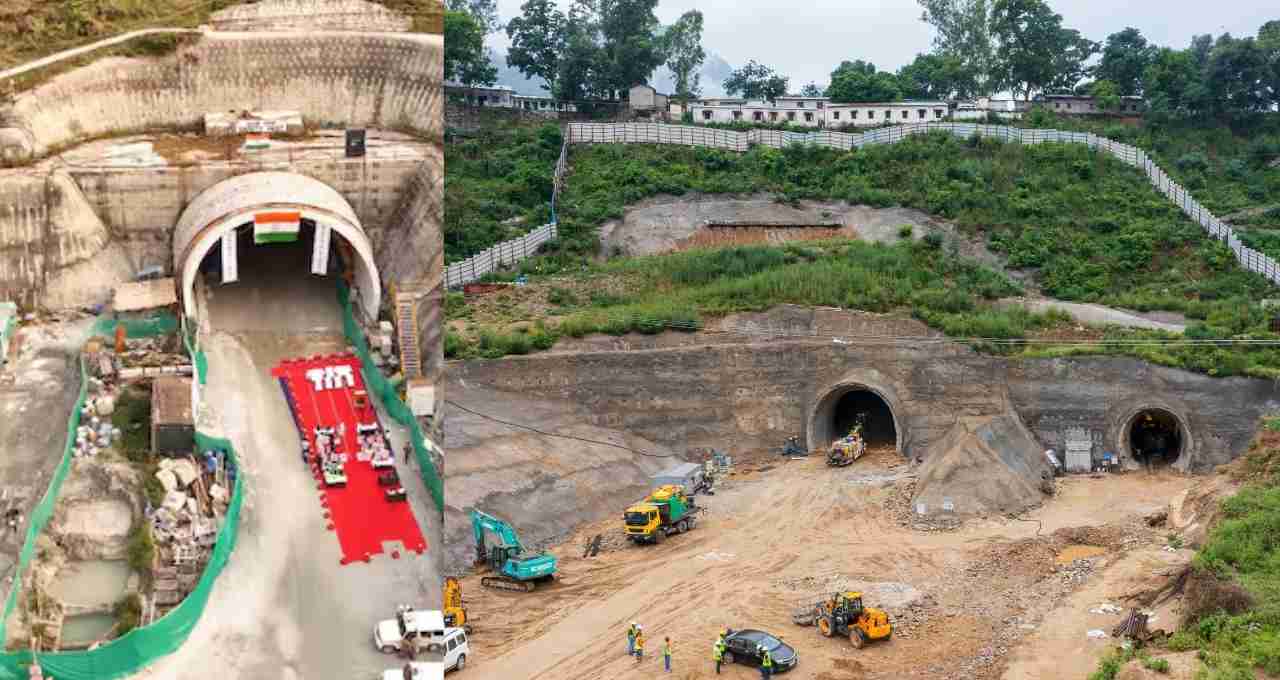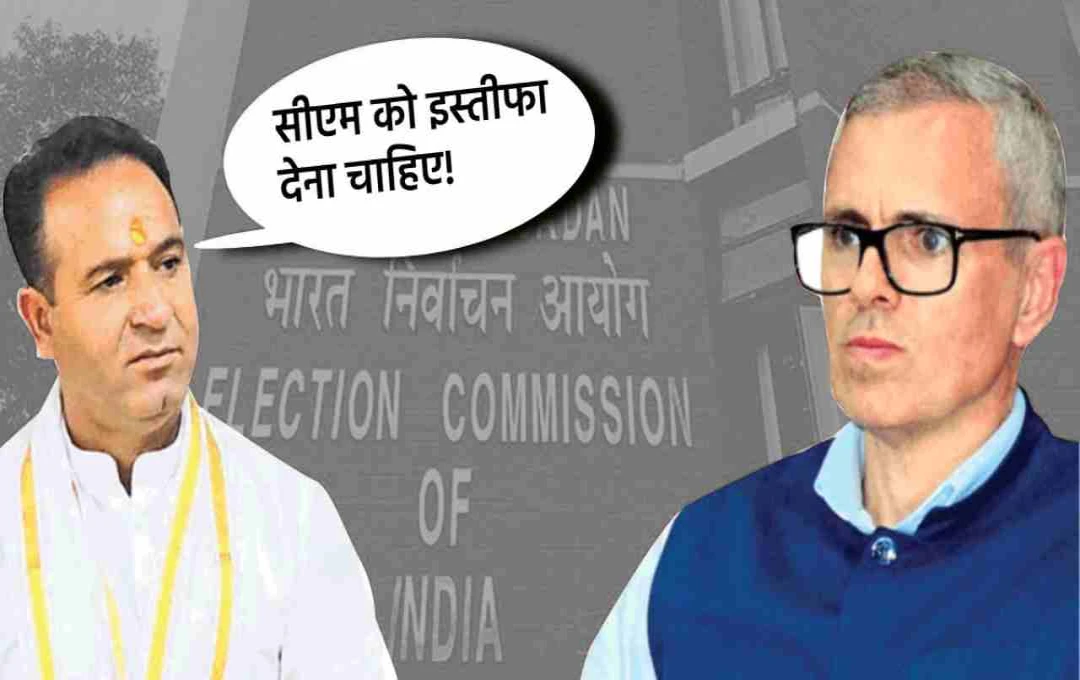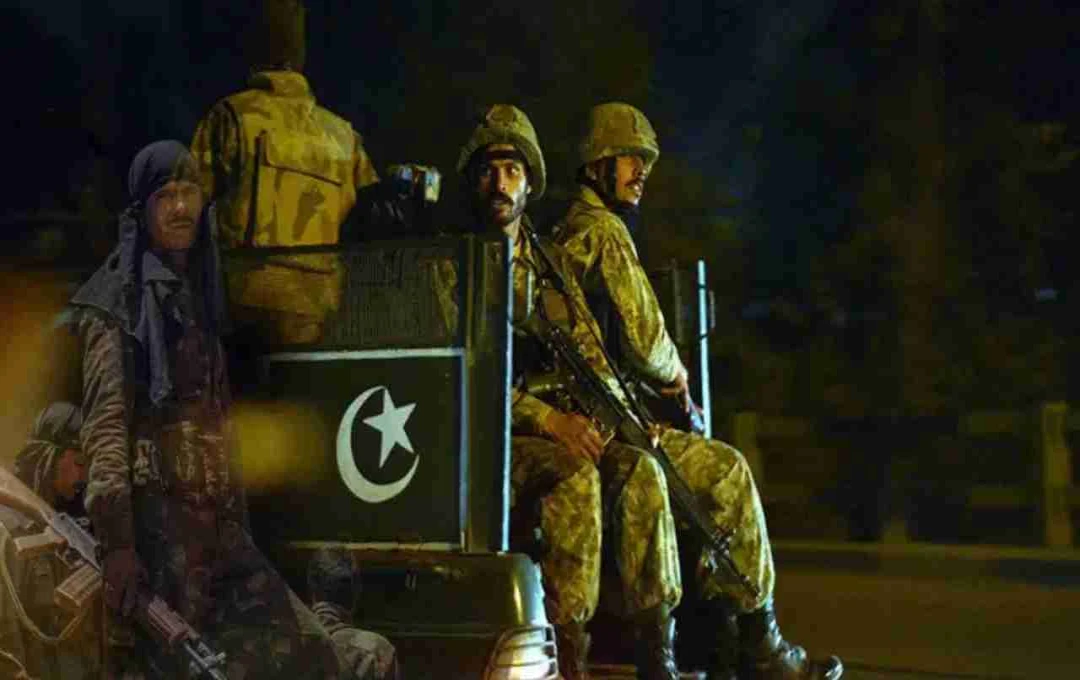The 14.57 km long rail tunnel from Jansu to Devprayag in Uttarakhand, India's longest rail tunnel, has been completed. This tunnel connects Chamoli, Rudraprayag, Pauri Garhwal, Tehri Garhwal, and Dehradun, passing through difficult Himalayan terrain. It is expected to be operational by December 2026 and will boost connectivity and tourism in the state.
Karnaprayag Rail Tunnel: Part of Uttarakhand's 125 km long Rishikesh-Karnaprayag rail link project, India's longest rail tunnel, measuring 14.57 km from Jansu to Devprayag, has been completed. It has been constructed using a TBM machine for the first time in the difficult Himalayan terrain. It is expected to become operational by December 2026. This tunnel will improve the state's connectivity and tourism access, connecting Chamoli, Rudraprayag, Pauri Garhwal, Tehri Garhwal, and Dehradun.
Challenges in Construction and the Role of TBM
The most significant technical contribution to this project came from the Tunnel Boring Machine (TBM) operators. 44-year-old Baljinder Singh described the experience as a roller coaster ride. He mentioned that while the machine is typically operated with a force of 50,000 to 60,000 kilonewtons, a force of 130,000 kilonewtons had to be applied to clear landslides and debris.
The biggest challenge during construction was a sudden landslide that completely blocked the 3.5 km long tunnel route. His colleague, Ram Avtar Singh Rana, stated that the blockage was cleared by working continuously for 12-hour shifts for about 10 days. The entire team felt relief and joy once the debris was cleared.
First Use of TBM in the Himalayas
According to officials, this is the first time a TBM machine has been used for a railway project in the Himalayan region. The use of this machine not only saved time but also ensured safety and stability in the work. This tunnel will prove to be a crucial link for connectivity between the plains and hilly areas of the state.
Impact on State's Connectivity and Development

Upon the commissioning of this tunnel, Uttarakhand's connectivity will undergo a significant transformation. Access to religious and tourist destinations will become easier via rail. This will improve connectivity not only within the state but also to the National Capital Region. After the project's completion, tourists and pilgrims will benefit from both time savings and convenience.
Experts believe that this project will be a game-changer for Uttarakhand's infrastructure and tourism development. Industrial and economic activities in the state will also receive a boost from this rail link.
Comparison with Other Long Rail Tunnels in the Country
India already has several long rail tunnels, each with varying lengths and significance. The Pir Panjal Railway Tunnel is 11.215 km long and is also known as the Banihal-Qazigund railway tunnel. The Sangaldan railway tunnel is 7.1 km long and is part of the Katra-Banihal section of the Jammu-Baramulla line.
The Rapuru railway tunnel is located in Nellore, Andhra Pradesh, and is 6.7 km long. The Karbude tunnel, part of the Konkan Railway network in Maharashtra, is 6.5 km long. The Maliguda tunnel in Odisha is 4.42 km long, built by Japanese engineers between 1961-66. Compared to these tunnels, the Rishikesh–Karnaprayag tunnel is the country's longest and most technically challenging project.















